Scuba diving is perhaps the best way to explore the fantastic underwater world, getting up close with the wonders and the secrets of this marine universe, with its breathtakingly colourful and diverse inhabitants. Floating below the azure waters, you are in an ethereal – sometimes hostile – environment, with a limited supply of air on your back and with only your fellow divers as your lifelines. Over the years and the decades, scuba diving has evolved into a non-competitive but a very exciting adventure sport.
SCUBA is the short form of ‘Self Contained Underwater Breathing Apparatus’. It was developed in the mid-1940s by the world famous underwater explorer and conservationist, Jacques-Yves Cousteau (with more than a little help from Émile Gagnan), for the French Navy during the Second World War. After the war, however, diving turned into a recreational sport, which has since been taken up by millions worldwide.
History of Scuba Diving
People living by the coast have been diving for as long as humankind has existed – and for as long as man has been able to swim. In the Arab world, there were pearl divers, men who made a living looking for pearls underwater. Of course, coastal folk around the globe also dived for food, their very lives depending on their diving skills.
The history of modern scuba diving can be traced to warfare, and much of the advancements in diving and diving techniques arose from the needs of navies, who’d constantly have to go on rescue operations. Over the centuries and over the years, diving equipment has become more and more sophisticated and hi-tech, though the peculiar dangers associated with diving still remain.
It was, however, the contributions of the French pair of Cousteau and Gagnan that helped take scuba diving into the modern world, made it accessible and, in turn, hugely popular with the masses, with the invention of the demand regulator (see equipment). As scuba diving’s popularity grew, so did the need for a safety code and regulations, and organizations that specialized in instructing and certifying divers. This led to the formation of the National Association of Underwater Instructors, in 1961, and the Professional Association of Diving Instructors, in 1966.
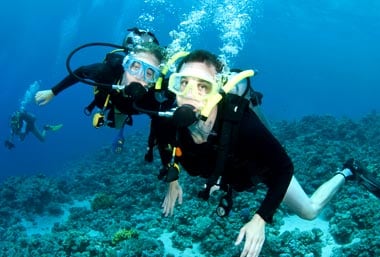
Scuba Diving in India
India offers unlimited possibilities for scuba-diving enthusiasts. Its extensive coastline is dotted with sandy beaches; its two major groups of islands – boasting some of the most unexplored and exotic diving locations in the world – are enough to whet the appetite of the most demanding diving buff.
The Andamans and Lakshadweep offer a quality of scuba diving unmatched in the world, and both now figure prominently in the itinerary of a fair number of domestic as well as foreign tourists. The biodiversity of these groups of islands, alongside their relatively warm waters, make scuba diving in India a very attractive adventure option. The (relatively) affordable prices are another draw for foreign travellers. And the pristine locations more than make up for what the country might lack in terms of diving infrastructure and state-of-the-art equipment.
The coral in the waters around the Lakshadweep Islands is shaped like a ring and encircles a staggeringly beautiful emerald-blue lagoon. In 1998, most of the corals died due to the El Nino effect (global warming). But, of late, thanks to the water temperature being around 28C-30C, the corals have gradually been able to revive. Almost all islands here offer scuba diving, and besides Lakshadweep Tourism, there are a couple of private operators offering excellent facilities for diving.
Meanwhile, the Andaman and Nicobar Islands – 362 of them, scattered in the Bay of Bengal – are a paradise for both the diver and the non-diver. These volcanic-tropical islands offer a biodiversity that one rarely comes across in a single place. Unchartered waters, exotic underwater terrain, steep wall dives and exciting drift dives are what make the Andamans one of Asia’s most sought-after diving destinations.
Goa is still uncharted when it comes to scuba diving. Underwater visibility is limited (between 6m and 12m), while marine life (and the coral) is not as exhilaratingly varied as in the Andamans and Lakshadweep. But over 1000 shipwrecks are believed to dot the Goan coast, makes diving in these waters a thrilling experience (and something akin to a treasure hunt for the historically minded). And Goa does provide tourists an opportunity to acquire internationally recognized dive certification, at a relatively low cost; it also has two PADI dive schools of international standard, operating off Panjim and Bogmalo beaches.
Netrani Island (or Pigeon Island), off Mangalore, is virgin territory but it does (apparently) offer some superb diving, in stunningly clear-blue waters with an abundant variety of marine life and coral reef formations. In fact, conditions off the coast of Karnataka are almost perfect for scuba diving – this could be India’s next scuba-diving destination.
Know more about popular options for Scuba Diving in India.
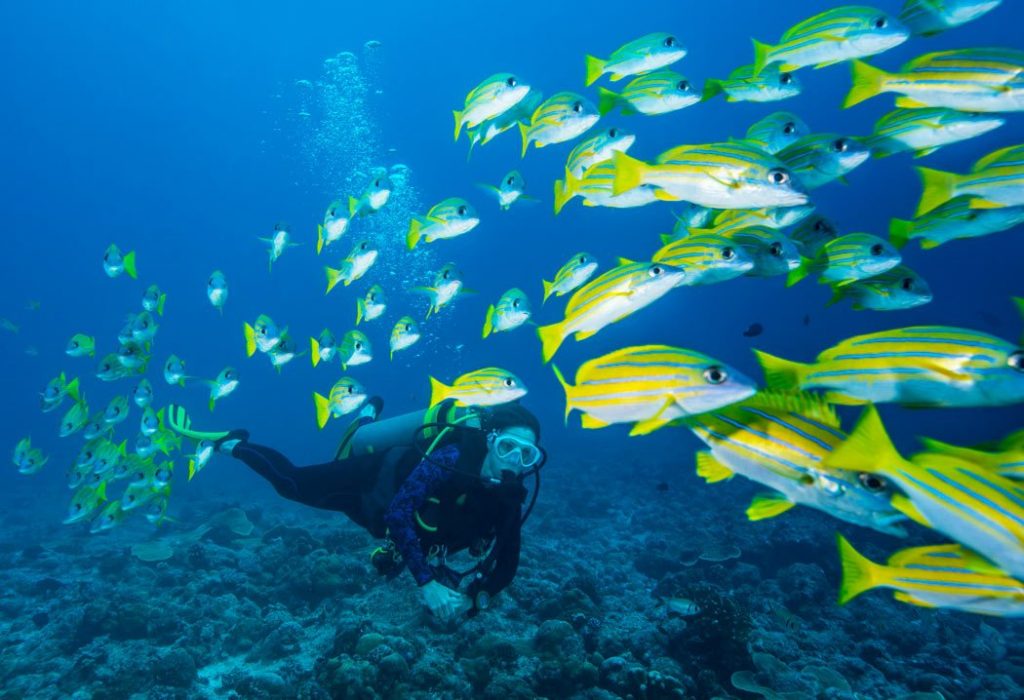
Equipment
Gear for modern scuba diving is made up of one (or more) gas cylinder secured to the diver’s back. This gas tank is joined to an air hose and the demand (or diving) regulator – this latter device controls the flow of air, so that the air pressure in the diver’s lungs is the same as the pressure of the water. Among other gear/equipment used in diving is the buoyancy control device (BCD), basically an inflatable jacket that controls your buoyancy by adding or releasing air.
Best season in India
From autumn, through the winter months, and into spring, is when you can encounter the best conditions for scuba diving (October/November to April/May). In the Andamans, peak season is between December and February.
What is Scuba Diving – Safety?
The main thing to remember with scuba diving is that [you need to be safe]. Do not go diving on your own and don’t be tempted into buying diving gear and simply giving it a go without the proper training. Research some good diving schools if you want to go scuba diving.
Scuba diving is incredibly popular, so whether you want to go diving in Asia or diving in the Red Sea, for example, diving in Sharm El Sheikh, or anywhere else in the world for that matter, you will be able to find good diving schools in those areas. Touristic places, like diving in Sharm El Sheikh, will probably have a range of diving schools, so see if you can do some research on them before your holiday.

What is Scuba Diving – Some Interesting facts
Did you know…
For recreational divers, the depth limit is between 30 and 40 meters (equating to 100 to 133 feet). If you want to go deeper, special training or a specially trained buddy is required.
Nuno Gomes holds the world record for deepest scuba dive at 318 meters (or 1044 feet). He defeated John Bennet (deceased), who dove to 308 meters (or 1016 feet). There is a French diver, Pascal Bernabé, who maintains that he has been able to dive deeper (330 meters or 1083 feet), but this is unconfirmed.
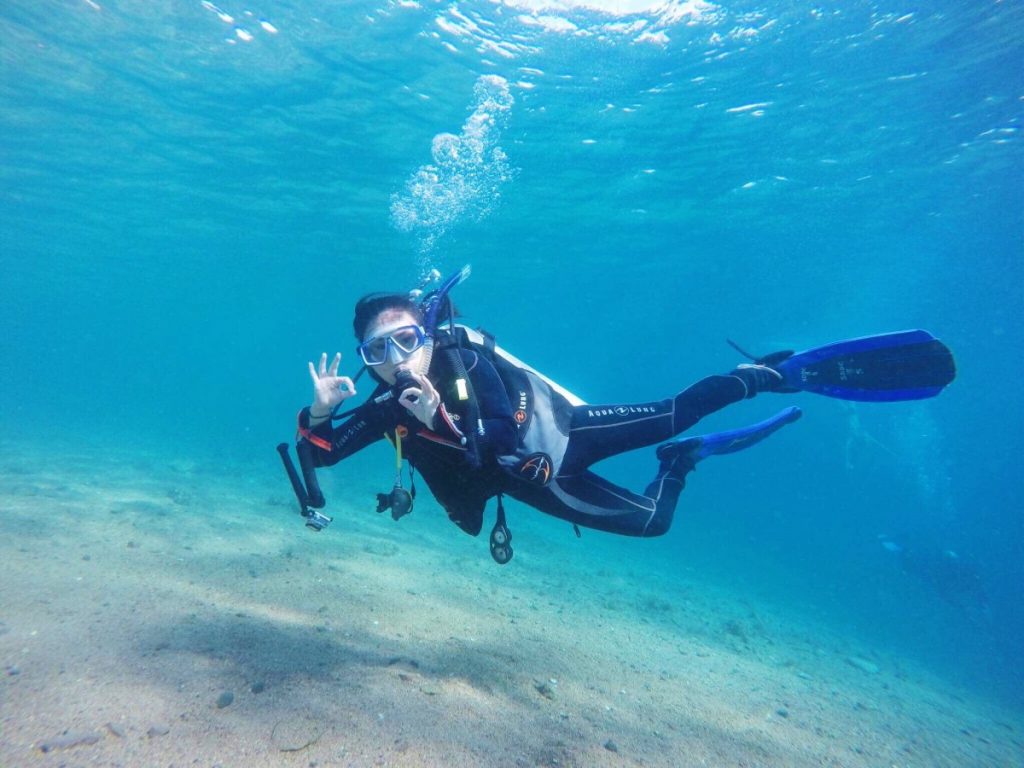
What is Scuba Diving – Technical Points?
Diving underwater is something that has attracted mankind since they figured out that there was a living world under the seas. SCUBA is an abbreviation for Self Contained Underwater Breathing Apparatus, in other words, equipment to allow us to breathe underwater.
The air that is in the tanks is compressed air as we know it outside, so parts nitrogen, parts oxygen, and some other gases as well. Many people mistakenly believe that the air is pure oxygen, but that would actually poison the divers! Because of the nitrogen in the compressed air, divers need to be very careful when diving to greater depths, as nitrogen narcosis can occur, which has the same effect as excessive alcohol. This is easily solved by going back up to shallower waters.
A more serious effect of nitrogen is known as Caisson’s Disease also known as decompression sickness, which is when nitrogen starts to form bubbles in the diver’s body. This becomes an issue when the diver returns to the surface and normal air pressure and can lead to death. This is why one of the most important things to remember for divers is to never go too deep too quickly and never to go back to the surface too quickly.

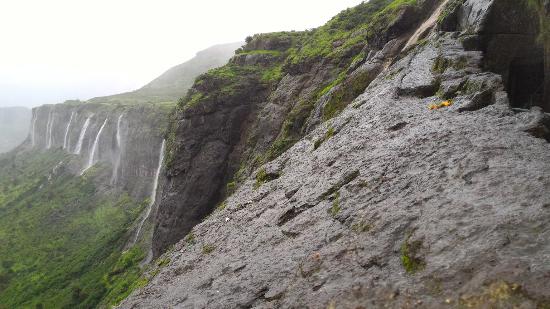

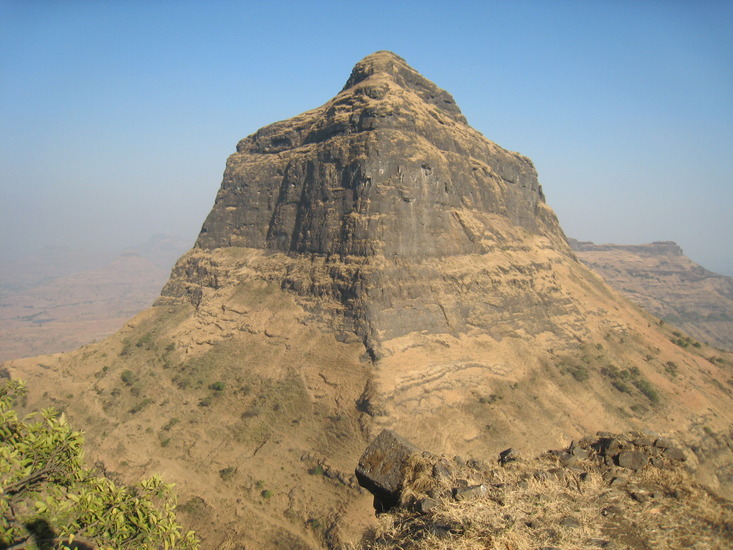
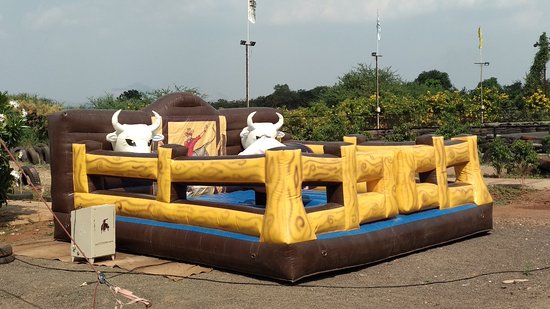
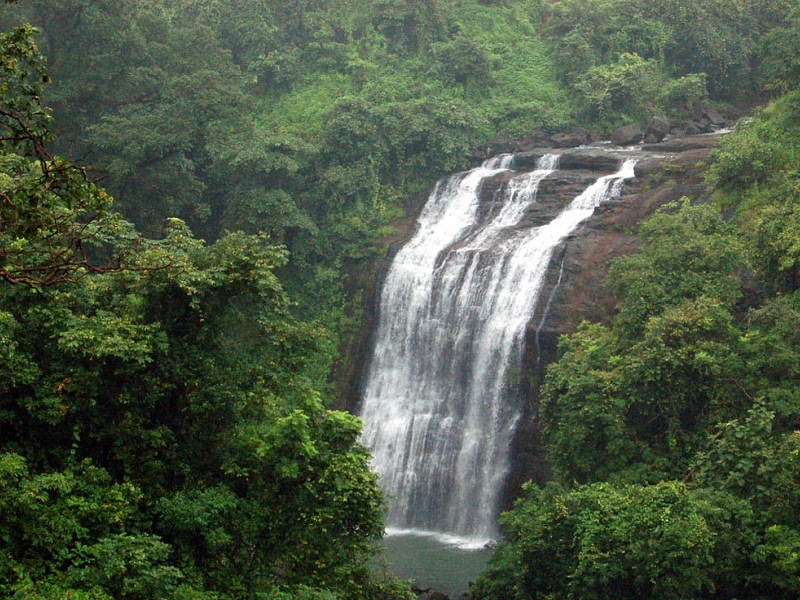
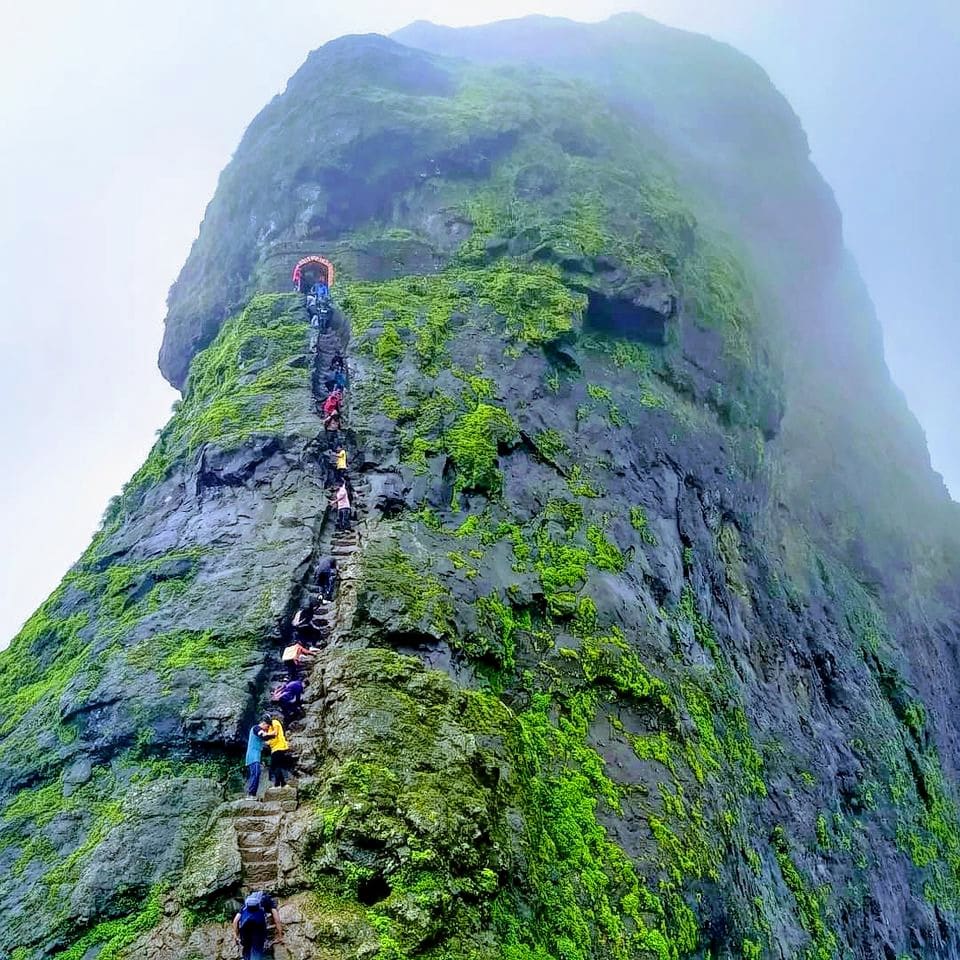
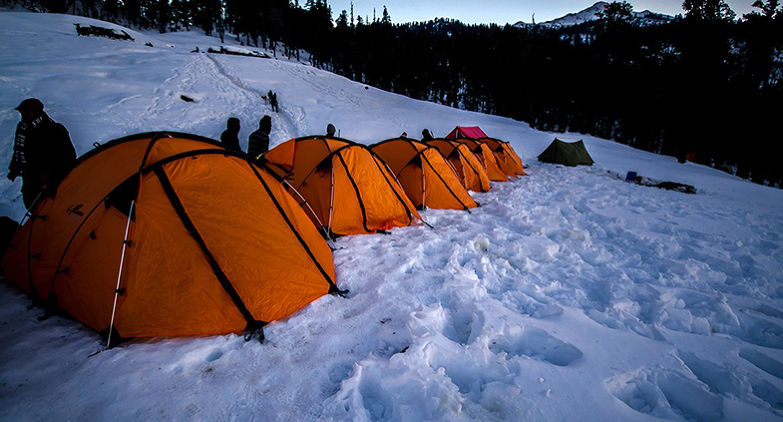
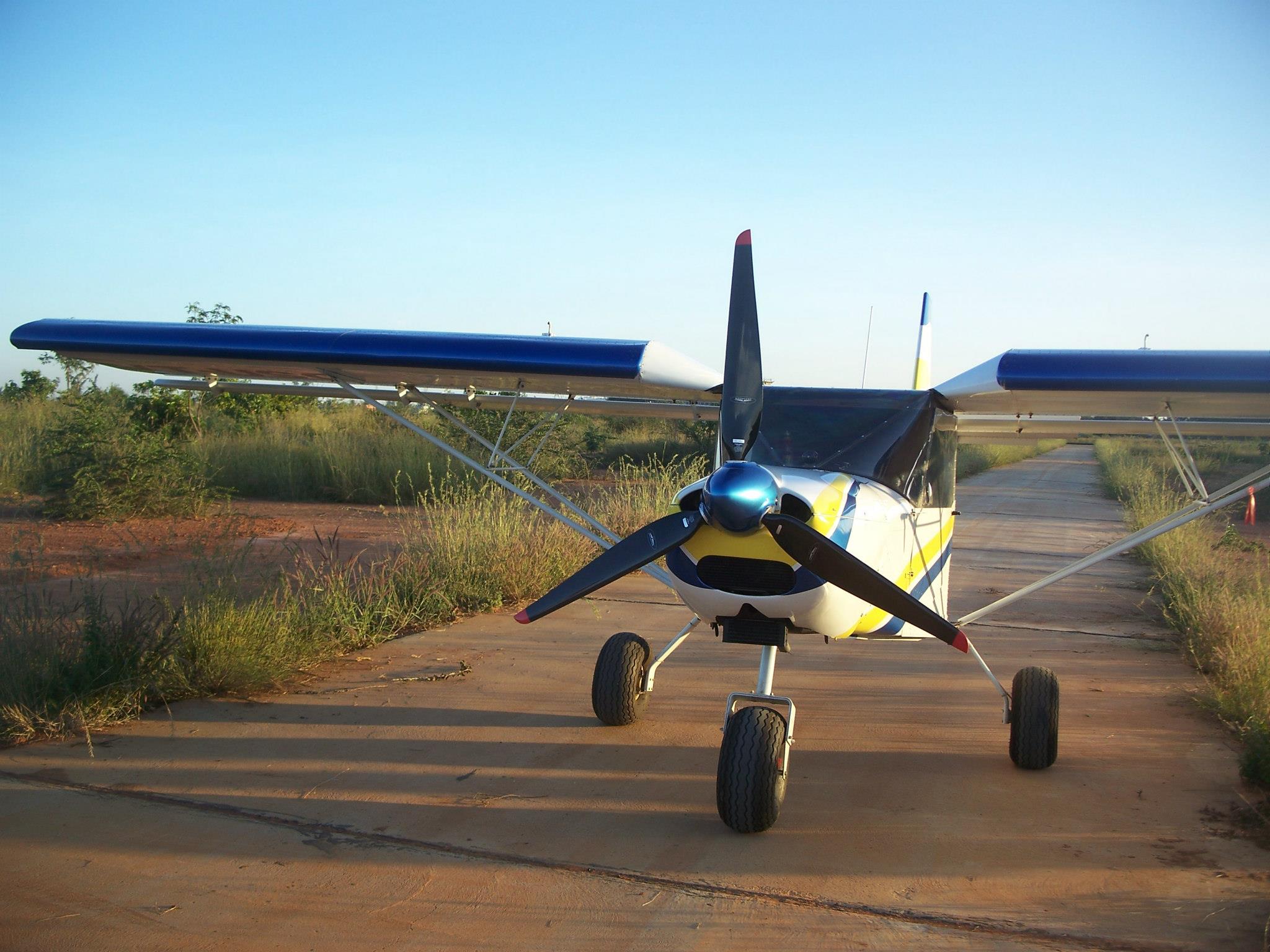
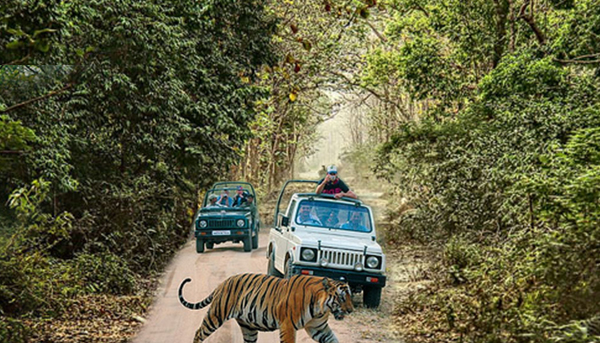



13 Comments
Comments are closed.